Symphyotrichum racemosum
Native aster with small white-rayed flowers
Symphyotrichum racemosum small white aster
Add to MyPlants View Locations
This is one of the most difficult of the local asters to identify because it is so similar to related species and because it hybridizes with the calico and other asters. This species is best identified by its smooth, slender, and purple stems with arching branches and by their leaves that are less toothed and narrower than those of the calico aster and with smaller leaves in the axils of the lower leaves. The plant itself tends to be bushy, with many wide-spreading branches. Unlike the similar calico aster, the center of the flower turns pinkish with age instead of purple. The ray flowers also seem to turn brown and wither with age. The small white aster can have numerous crowded flowers only about 1/3 inch in diameter.
All asters have composite flowers made of both ray and disk flowers. This species has about 15-30 rays and about 10-20 disk flowers. The leaves are about 4 ½ inches long and have no petioles. The fruit is dry and seed-like and tipped with bristles. The small white aster grows in moist fields and meadows and along roadside ditches. It is found in southern Ontario, Canada, and throughout the eastern United States as far west as Michigan. The roots are associated with rhizomes so it may form small colonies.
Habitat & Range
Infrequent in low meadows, flood plains and swamps.
Scattered throughout the state.
| EMP: | FACW |
|---|---|
| NCNE: | FACW |
Phenology
Flowers September through early October.
Plant Codes
S-rank: S3 (Vulnerable)
G-rank: G4 (Apparently Secure)
Symphyotrichum racemosum small white aster
Synonyms: Aster fragilis, Aster vimineusAdd to MyPlants View Locations
Plant Summary
Common Names
Symphyotrichum
















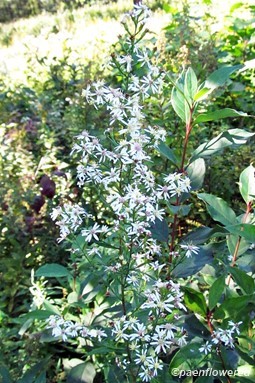
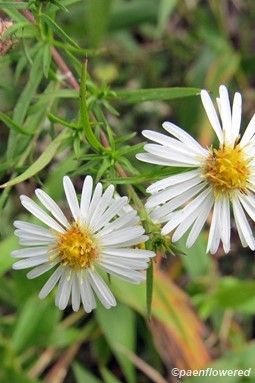
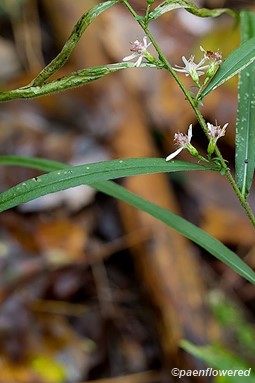
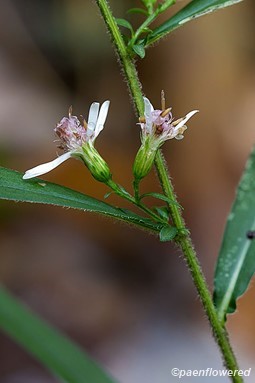
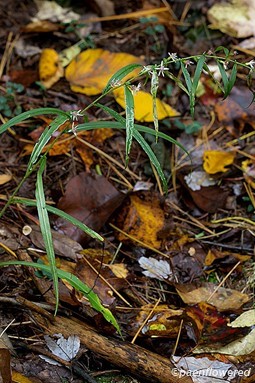
Comments
Have you spotted this plant in your area? We'd love to hear about your experience! Share your comments or questions about the plant below. Comments are moderated before posting.